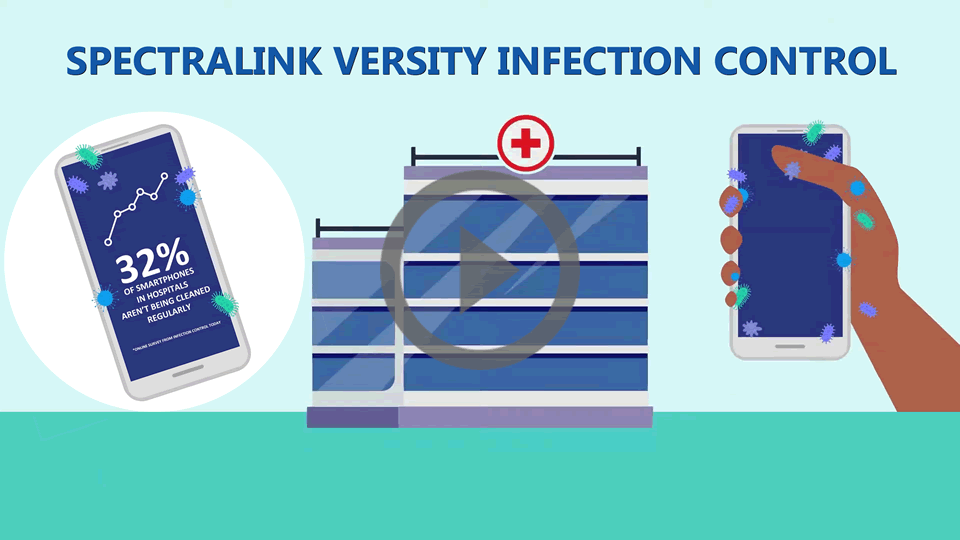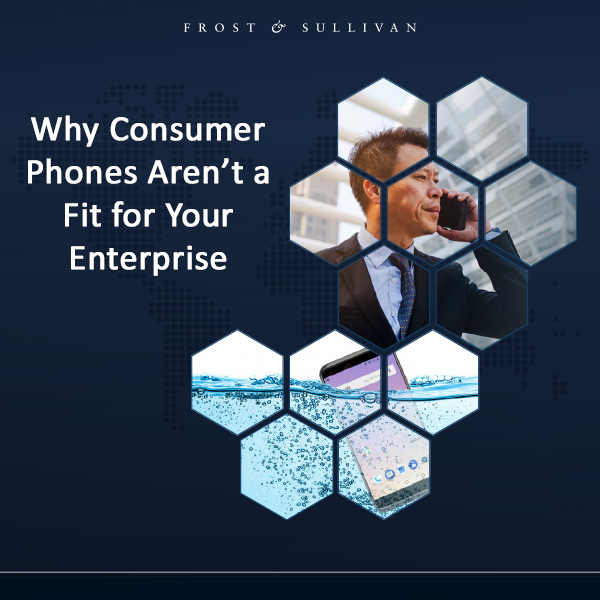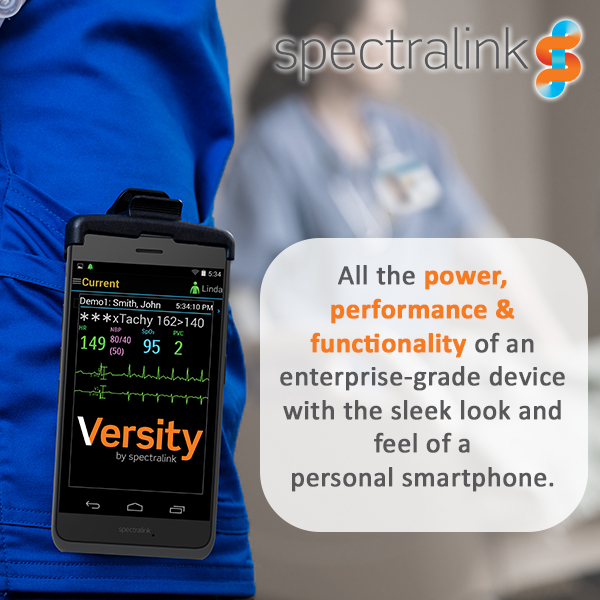The widespread adoption of smartphones in hospitals is well documented. A recent online survey of Infection Control Today readers found that 83 percent of survey respondents use their personal mobile technology devices within the hospital, and just 68 percent said they clean/decontaminate these devices regularly. Fifty-seven percent of respondents indicated they use a hospital-issued mobile technology device in the course of their workday; 56 percent report cleaning the device themselves, while 7 percent let someone else clean the device.
That leaves a staggering number of smartphones in use in hospitals that are never being cleaned.
Unfortunately, we’re living in the age of the COVID-19 pandemic, and this particular coronavirus has been found by US National Institute of Allergy and Infectious Diseases researchers to survive for up to three days on plastic and stainless steel, which doesn’t bode well for users’ phones or the kind of germs users could transfer to them from their hands. Users are constantly touching their smartphone and, if they don’t use a headset, talking into it too. With over 318,000 mHealth apps available in 2019, smartphones are repeatedly being used in hospitals and users almost certainly don’t wash their hands each time before using their mobile device.
While hospitals are increasingly moving towards the use of hospital-owned, purpose-built devices, there are still many consumer devices in use. The benefits of purpose-built healthcare devices are well documented, including in the Frost & Sullivan white paper “Why Consumer Phones Aren’t a Fit for Your Enterprise”.
One of the key advantages of purpose-built smartphones compared to consumer smartphones is superior cleaning capability. The recent New York Times article “How to Clean Your Phone to Help Protect Against Coronavirus” warns that
“Any sort of moisture can interfere with your phone’s function. Apple recommends that people avoid using spray cleaners or heavy-duty products.
No bleach, no aerosol sprays. You need your phone to work, even if you want it clean.
Also — and this probably goes without saying — don’t dunk your phone into any sort of liquid, anti-bacterial or otherwise. It won’t end well for either of you.”
On the other hand, purpose-built healthcare smartphones, such as the Spectralink Versity have been specifically designed with materials that are capable of withstanding the rigours of regular hospital- grade cleaning and disinfection. Not only does the Versity have an IP68 rating, which means it can withstand immersion in water, it can also be disinfected using standard hospital disinfectants including bleach, hydrogen peroxide and isopropyl alcohol. Full cleaning guidelines provide comprehensive details of how to clean Versity smartphones.
As well as this, Versity has been approved for UV cleaning equipment when used according to manufacturer instructions.
To learn more about the cleaning advantages of the Spectralink Versity over consumer smartphones, please consult with your Authorised Spectralink Partner or contact Wavelink (sales@wavelink.com.au)










